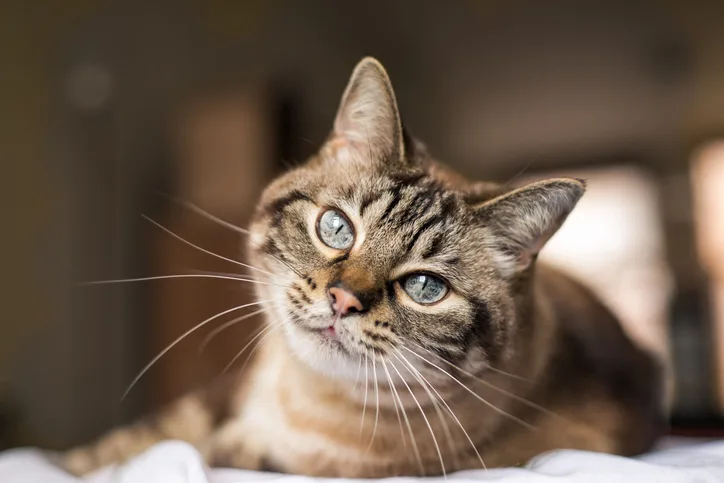
In the Literature
Charles S, Süssenberger R, Settje T, Langston C, Lainesse C. Use of molidustat, a hypoxia-inducible factor prolyl hydroxylase inhibitor, in chronic kidney disease-associated anemia in cats. J Vet Intern Med. 2024;38(1):197-204. doi:10.1111/jvim.16807
The Research …
Anemia has a deleterious impact in cats with chronic kidney disease (CKD), including effects on pathophysiology, quality of life, and prognosis.1 Anemia is a negative predictor of survival in these patients—even small reductions in hematocrit (HCT) can be associated with progression of CKD.1
Anemia commonly occurs with feline CKD, mainly due to deficiencies in erythropoietin production, which is controlled by the master gene regulator hypoxia-inducible factor (HIF). Increased understanding of this complex regulatory system has led to availability of HIF-prolyl hydroxylase inhibitors (HIF-PHIs), which inhibit hydroxylation and subsequent degradation of HIF-alpha, resulting in increased endogenous erythropoietin production.2 HIF-PHIs have recently become available in veterinary medicine.
In this study,a cats with CKD were administered the HIF-PHI molidustat (5 mg/kg PO every 24 hours) or placebo for 28 days. Mean HCT increased weekly in the treatment group, with a significant difference compared with baseline (23.6%) first observed at 21 days. Mean HCT in the treatment group was also significantly higher than in the placebo group (27.3% vs 20.1%) on day 21. Individual treatment success (ie, ≥4% increase in HCT) was achieved at 28 days in 7 of 14 cats that received molidustat, compared with 1 of 5 cats that received placebo. Blood pressure remained stable over the 28-day study period in all cats. Vomiting was noted in some cats receiving molidustat.
HCT gradually increased throughout an 8-week, open-label continuation study of 8 cats. Despite study limitations (eg, small sample size, short duration, unknown impact of disease stage on results, missing data for some cats), a clinically relevant improvement in anemia was seen in some cats with CKD following molidustat administration.
… The Takeaways
Key pearls to put into practice:
A proactive approach to treatment of anemia can optimize disease management and improve patient outcomes. Darbepoetin can effectively manage anemia in cats with CKD; however, cost and need for parenteral injections may deter some pet owners. New treatments may improve compliance. Molidustat is a new therapeutic option administered daily PO and appears to be well tolerated. Both darbepoetin and molidustat require regular monitoring.
Iron supplementation is recommended when initiating darbepoetin therapy due to upregulation of hepcidin and relative iron deficiency in cats with CKD. HIF-PHIs mobilize iron stores, resulting in improved bioavailability2; however, iron supplementation was not assessed in the current study, and it is unclear to what degree supplementation is necessary with molidustat therapy. Some humans treated with HIF-PHIs require supplementation for optimal response to therapy, and this may be true in cats as well.2
Close monitoring is recommended during molidustat treatment due to risk for polycythemia3; however, long-term data from the current study appear to indicate little concern for polycythemia in diseased patients, possibly due to counterregulatory mechanisms suppressing RBC production.4-6
aThis study was funded by Elanco Animal Health.
You are reading 2-Minute Takeaways, a research summary resource proudly presented by Clinician’s Brief. Clinician’s Brief does not conduct primary research.